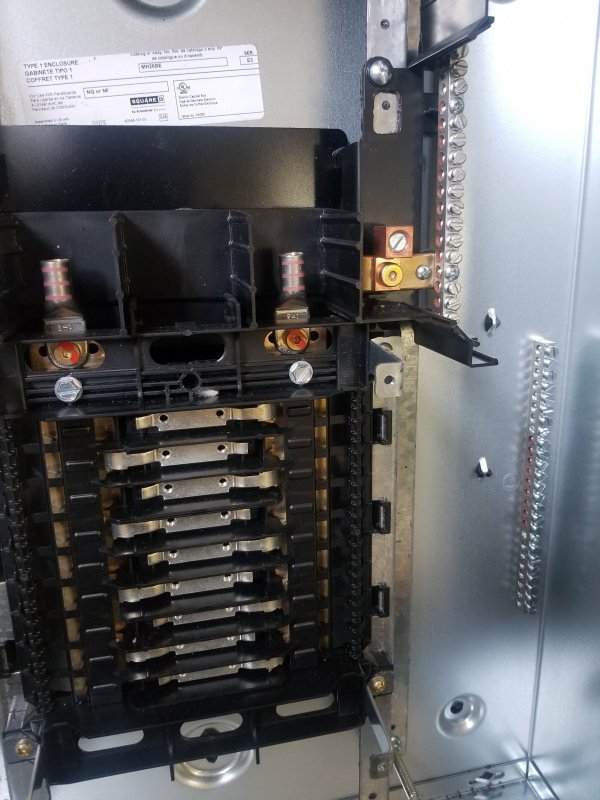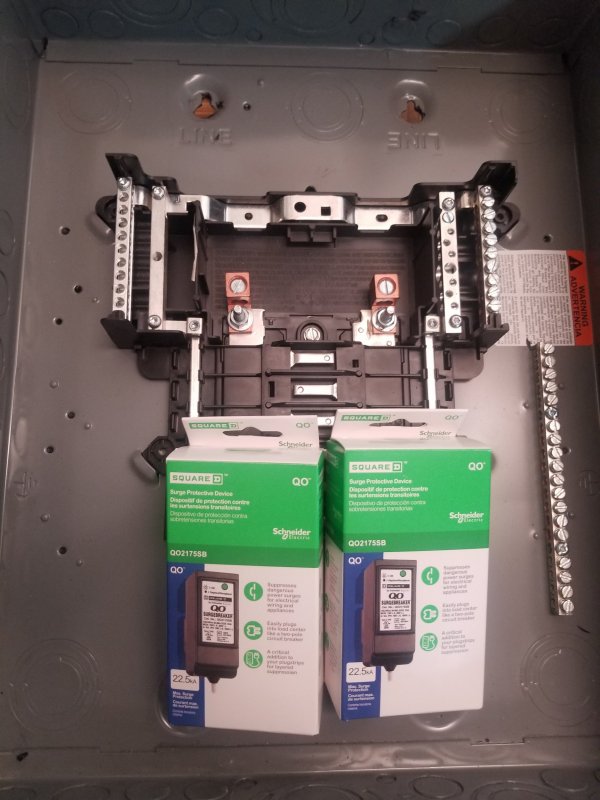Nice topic and something I've been thinking about over the past few years (ie..proper grounding).
A few questions come to mind after reading the thread:
On the topic of earth (soil..etc) resistivity and its relation to achieving proper grounding, specifically related to using the "4 Point Method" if in bad soil, would you say the issue here with this option is the common lack of space/acreage on ones property to build a big enough 4 point ground rod system that can overcome the bad soil? If so, is there an ideal minimum of space required to build such a system that could possibly help, in a big way, the soil issues?
I've been under the impression that the "material" (more soil, bedrock, clay..etc) that the tip of the ground rod comes in contact with at the end of the rod which is under the surface should also be electrically conductive. Does the tip matter as much or less than the greater outer area of the rod in contact with the earth on its way to the stop point in the ground?
Giving an example of a property I own which I will be building a house on the next few years, its located on fairly shallow sandy soil with granite bedrock below. My guestimate based on GPR survey results (Ground Penetrating Radar) of the property is that bedrock is only about 5-6ft below the surface of my home site pad. This soil and bedrock type combination has me wondering if I will need to plan for "alternative" grounding plans as this combo sounds like it may have high electrical resistance levels. The soil type is a known issue in general and based on my own research, granite is not a very good conductor of electricity ( both of which are involved in my case here).
But with that said, I do have some acreage outside of the site pad which should be sufficient to accommodate a 4 point grounding system short of it needing to span more than 20acres. The question here being, with enough acreage in bad soil can this potential issue be overcome with enough space to do so?
An interesting article about good grounding options in bad soil::::
To ensure your electrical system functions properly, it's important your buried ground system has low impedance. So how do you achieve this goal while keeping safety in mind? ...

www.ecmweb.com









